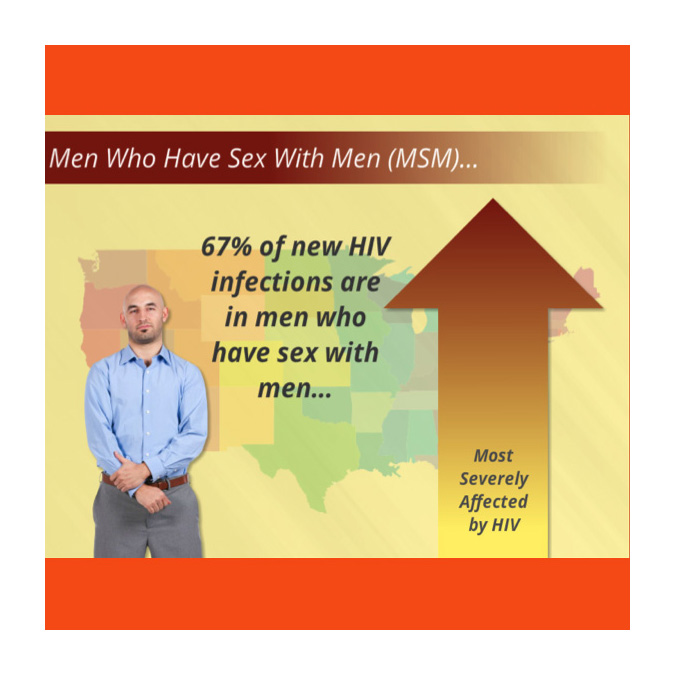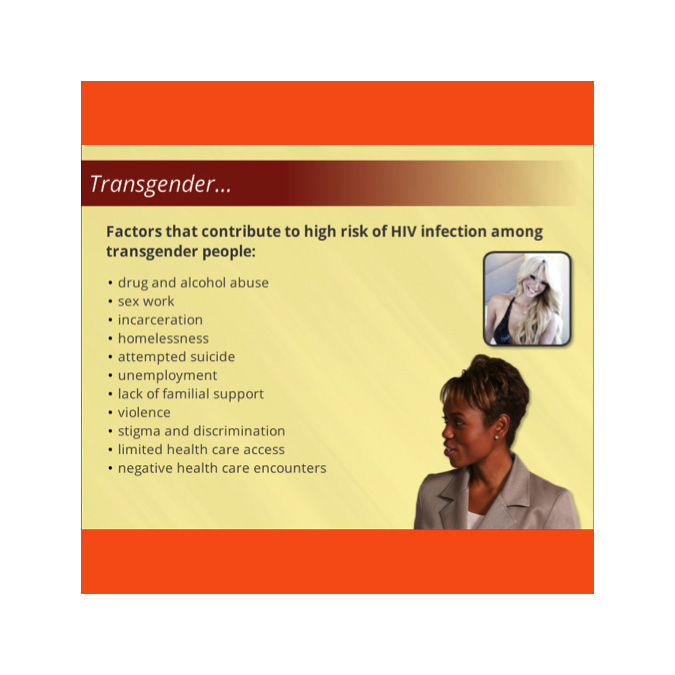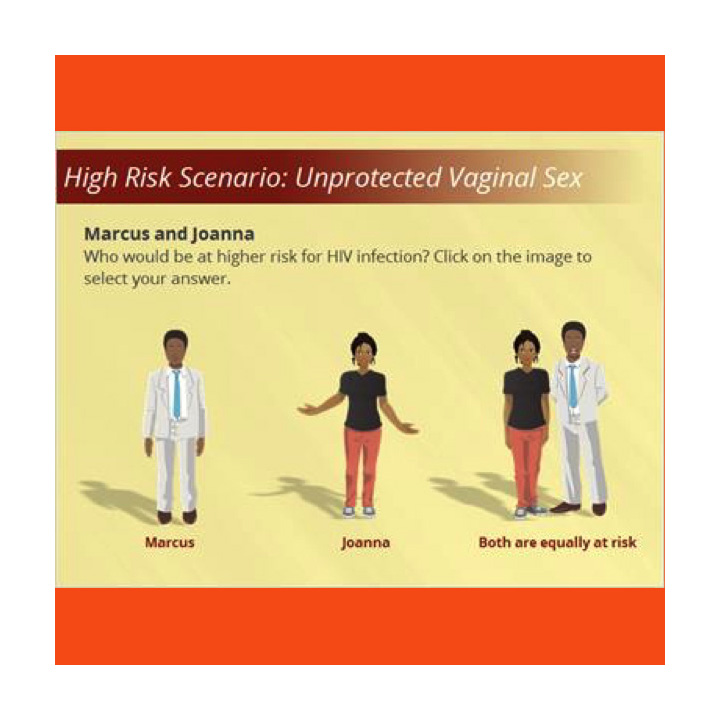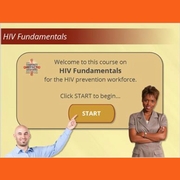HIV & AIDS: Our Free Fundamentals Course Fills the Gap
By BA Laris, MPH | January 21, 2015
Research Associate, ETR
People are talking about HIV and AIDS. You hear it, see it, Google it. Yep. There is a lot of talk.
But are people listening?
At ETR’s Community Impact Solutions Project (CISP), we believe members of the HIV prevention workforce are a vital part of this HIV and AIDS conversation. They need and deserve state of the art training to understand the many changing aspects of HIV and AIDS to help protect themselves, the community and families, friends, and partners.
Filling the Gap: State of the Art Training
Over the past several years, community based organizations, AIDS service organizations and Health Departments have all been telling us about a similar challenge. They do not have access to high quality, comprehensive training resources for their staff, volunteers, peers and advocates. They need a practical, effective way to provide a strong foundation on current issues in the ever-changing landscape of HIV.
This has been a huge gap in the field.
A solution! Our top-talent CISP team has created an online, self-paced interactive course addressing HIV fundamentals. It’s free and available for anyone in your organization. We’re getting great feedback from our early adopters (see below), and I sincerely hope you’ll take the course.
About the Course
This innovative course looks at the topic of HIV in three steps:

Recognizing HIV in our Communities. This segment highlights critical surveillance data and explains why these numbers are relevant to help address HIV in different groups and populations.

Identifying Primary Factors in HIV Transmission. This segment explores both the science and the social factors that can lead to infection. Social determinants are a significant part of the HIV transmission story.

Developing Effective and Realistic Prevention Strategies. This segment reviews proven risk and harm reduction strategies. It provides learners an opportunity to apply these strategies to complex, realistic scenarios.
And There's More!
Ready for more? The course also includes a “Leap Ahead” section offering additional information about how HIV affects the immune system, the stages of the HIV life cycle and how currently available medications are making a difference.
The course includes additional resources, a glossary and downloadable summaries to enhance the learning. Upon completion, individuals are emailed a certificate of completion, and CHES credits will be coming soon.
Early Feedback Is Strong
If you’re like me, you’ve had mixed experiences with online trainings. You may be wondering whether this one is worth the time.
Here’s some early feedback we’ve received from trainees:
“Very informative and easy to follow.” (South Carolina)
“Quite comprehensive yet very basic information for anyone to understand.” (Houston, Texas)
“Excellent.” (San Diego, California)
And here’s what some training managers had to say. Spoiler: they are so excited!
This course will be very helpful for new employees and it can serve to update experienced employees. We appreciate the time and effort involved to create it.
Brenda Cummings, Alabama Department of Health
After considering a variety of options for an online-based HIV basics training to recommend for providers, I was so pleased to find the HIV Fundamentals E-Learning Course from the Community Impact Solutions Project.
This training exceeded my expectations with its diverse presentation of material by incorporating quizzes throughout the course, featuring other helpful activities to get participants actively involved in the learning process, as well as including embedded videos to communicate important messages.
These features are a facilitator’s dream, as they account for a variety of learning styles and allow e-learning to be a more active experience for participants—a component of many online trainings that is missing. This course also stands out with its contemporary and comprehensive content, going above and beyond the typical HIV 101-type training material.
Beyond learning about important definitions, how the virus works, and the basics of transmission, this course presents information on important national statistics, the social determinants of health, and it even delves into skill-building for assessing and reducing HIV risks. This training is an invaluable tool in helping to build the foundation for a highly informed and effective HIV service workforce, and I feel confident that those who access this resource will be equipped with the fundamental information necessary to be a good HIV service provider.
Ashley Sherrow, MA, Training and Development Program Director, Division of HIV/STD/Viral Hepatitis, Indiana State Department of Health
Chime On In!
If your work touches on issues in the HIV epidemic in any way, or on care for those affected or at risk, I hope you’ll check out this new course. And let us know what you think, too!
B. A. Laris, MPH, is a research associate at ETR who also delivers trainings for our Community Impact Solutions Program. She designs quantitative and qualitative research and evaluation tools for a wide range of ETR projects. You can reach her at bal@etr.org.





